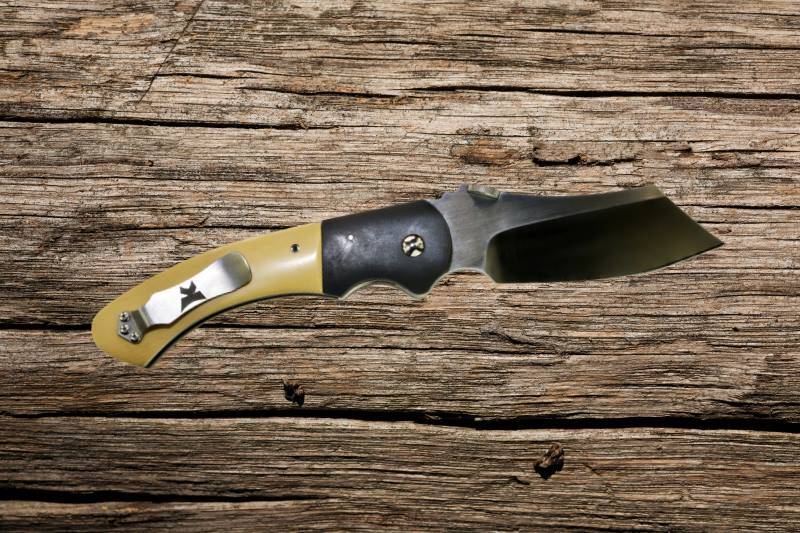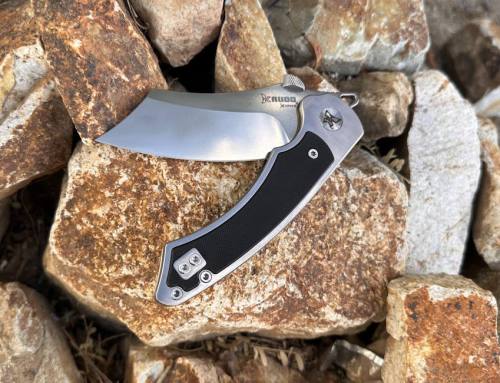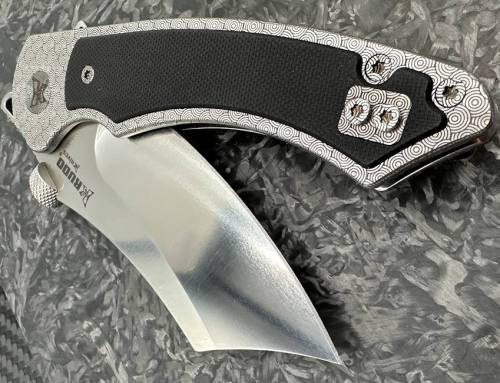When you consider inventions and discover that have stood the test of time, the list is pretty small: fire, the wheel, needle and thread, the bow and arrow.
And don’t forget the pocket knife. This useful tool has been part of our culture since, well, before there was much of a culture.
Associated in modern times primarily with hunting and camping, the pocket knife has served a number of purposes over its thousands of years of existence. It’s been the constant companion of a diverse group of people, from soldiers and laborers to electricians and whittlers.
Here are some of the highlights from the history of the pocket knife.
History of the Pocket Knife: The Earliest Pocket Knives
Back when every man actually lived in a man cave, the pocket knife was around. Archeologists have discovered that one of the first items that men carried around with them was a pocket knife. The oldest (so far) was discovered in Austria and dates all the way back to 600 BC. This no frills, all-business pocket knife had a single blade with a bone handle, according to coolmaterial.com
The Romans took the idea and ran with it. These early pocket knives used friction to keep the knife closed and required pressure from the hand to remain open. These “friction folders” did the job that later required locks and springs.
Romans also had a precursor to the Swiss Army Knife. Believed to be from the year 200, this specialized knife included a blade along with a spoon, fork, spatula, pick and spike.
The 17th Century
The 17th Century was an important time in the development of the pocket knife, with more inventions coming in those 100 years than in the previous 1,000.
Early in the century, there was the Gully knife – which had a wooden pistol grip – and then came the penny knife. This latter knife, which was affordable and durable, made pocket knives a widely used tool for the first time in history, becoming popular especially with farmers and laborers. This is why it also had the name, “peasant knife.”
But the big event came in the middle of the century, when the slipjoint knife was invented. The groundbreaking aspect of these knives was the backspring that allowed the knife to stay open once it had been moved into the proper position.
Some of the more popular variations of the slipjoint knife include: the camper, canoe, peanut, sodbuster, sunfish, whittler and pen knife.
Enduring Models Invented in the 18th and 19th Century
While some versions of the slipjoint knife are still available today, some of the most famous and enduring knives were invented in the next 200 years.
Among them is the butterfly knife, which some believe was invented in the Philippines. This knife features two handles that must be flipped around to expose the blade – something that still happens in just about every cool karate movie. But that’s one of the few places you will see one, as there restrictions in most places about when or where – or even if – you can carry one.
Also emerging from the 18th Century was the switchblade, invented in Sheffield, England. The breakthrough here was a spring-loaded blade that is released with a push of a button. The Italian version of this blade, the stiletto, became popular in the United States following the end of World War II. This is another knife that is now heavily regulated.
In the late 19th century, the forerunner of the Swiss Army Knife was developed, featuring a blade, can opener, screwdriver and reamer.
Modifications and the Future
In more recent times, pocket knives have continued to be refined, especially the multi-tooled knives that allow owners a variety of choices, from multiple blades to tools such as a pair of pliers. There have been a number of specialty knives developed, including:
- The U.S. Military pocket knife has all stainless steel construction and includes four blades or tools that open on both sides.
- The electrician’s knife includes a locking screwdriver blade as well as non-locking knife blade.
- The credit card knife is thin and designed to be carried like a credit card. Typically it includes a host of small tools, including tweezers. Recent designs include a folding metal knife.
- The ballpoint pen knife features a knife concealed with a normal-looking ballpoint pen. The 3 to 5-inch blade is typically considered as a blade best used for self-defense, but can also be used as a letter opener.
The above shows that the pocket knife continues to evolve as people find new uses for the handy tools. Few inventions have been around as long, or have proved so useful, as the pocket knife. You can bet this handy invention will continue to be in use for thousands of years to come.







Leave A Comment